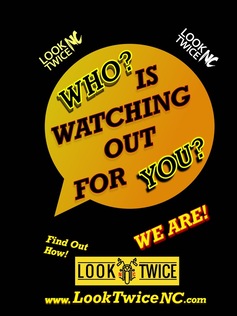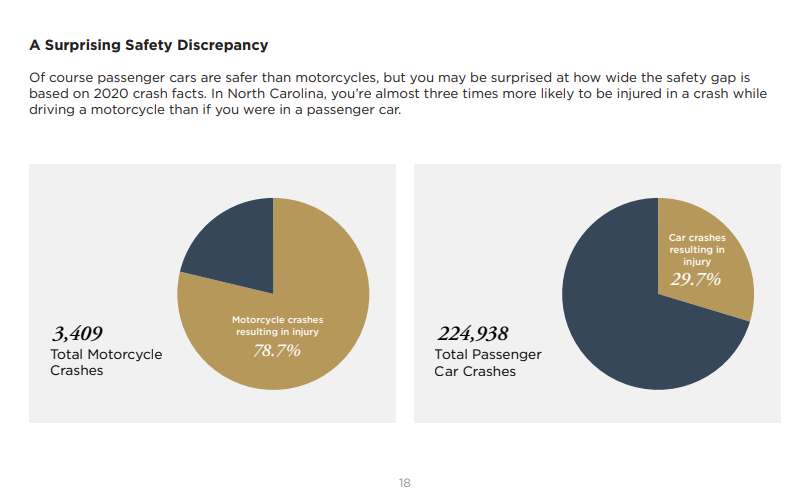“Expanding the minds of generations to come!”
"Not JUST About Motorcycles! It's....
Teaching EVERYONE How Drive HIGHLY AWARE!"
"Look Twice" Ad CAmpaign
But that's not all we do! ...
We Created the MSAP Program Through Legislation. We provide the materials, and Certify the Volunteer Instructors, to teach this invaluable program to students, who are about to become drivers.

Because we KNOW,
that The Best Way To Make Sure
YOU Get Home Safely,
is to teach
OTHER DRIVERS
HOW to be AWARE
of MOTORCYCLES !
that The Best Way To Make Sure
YOU Get Home Safely,
is to teach
OTHER DRIVERS
HOW to be AWARE
of MOTORCYCLES !
So That's EXACTLY WHAT WE DO!

